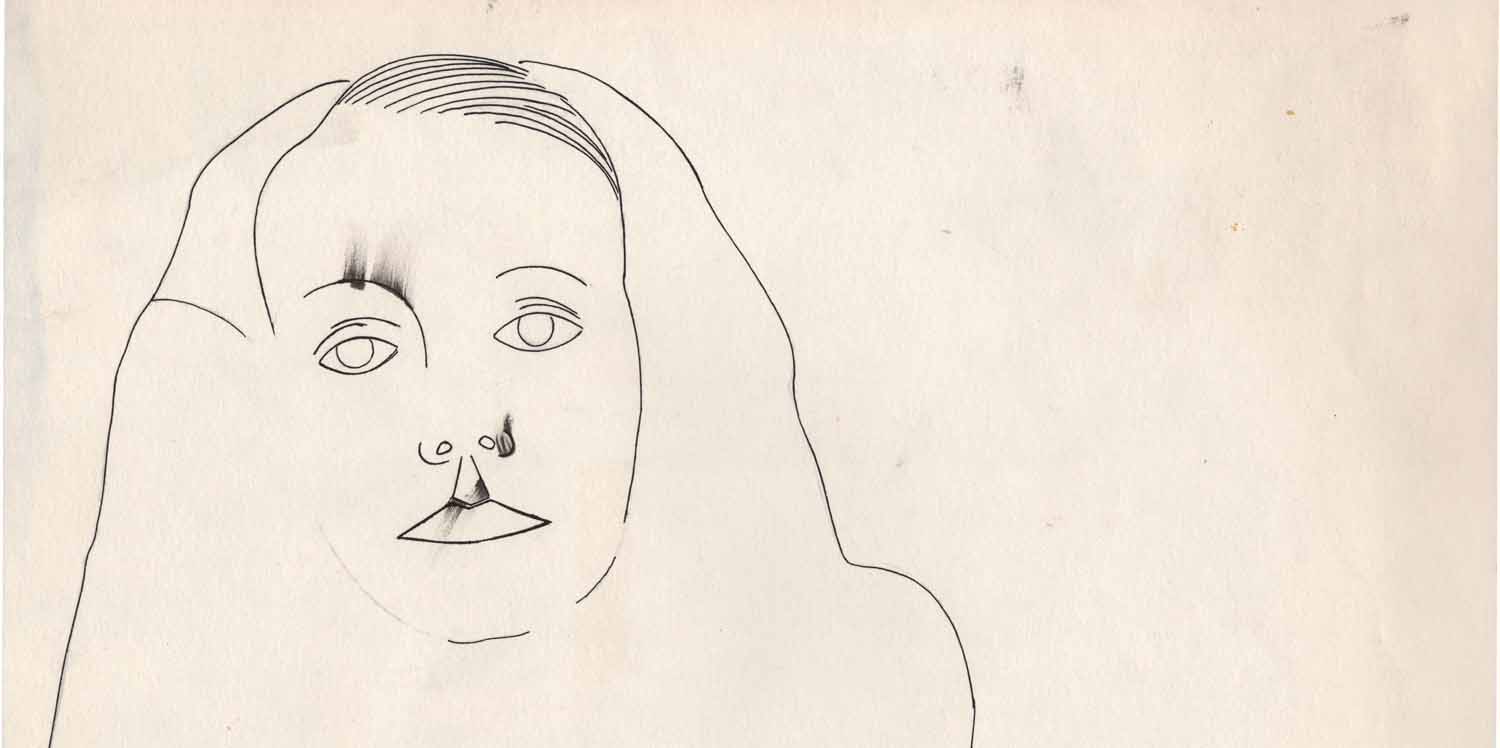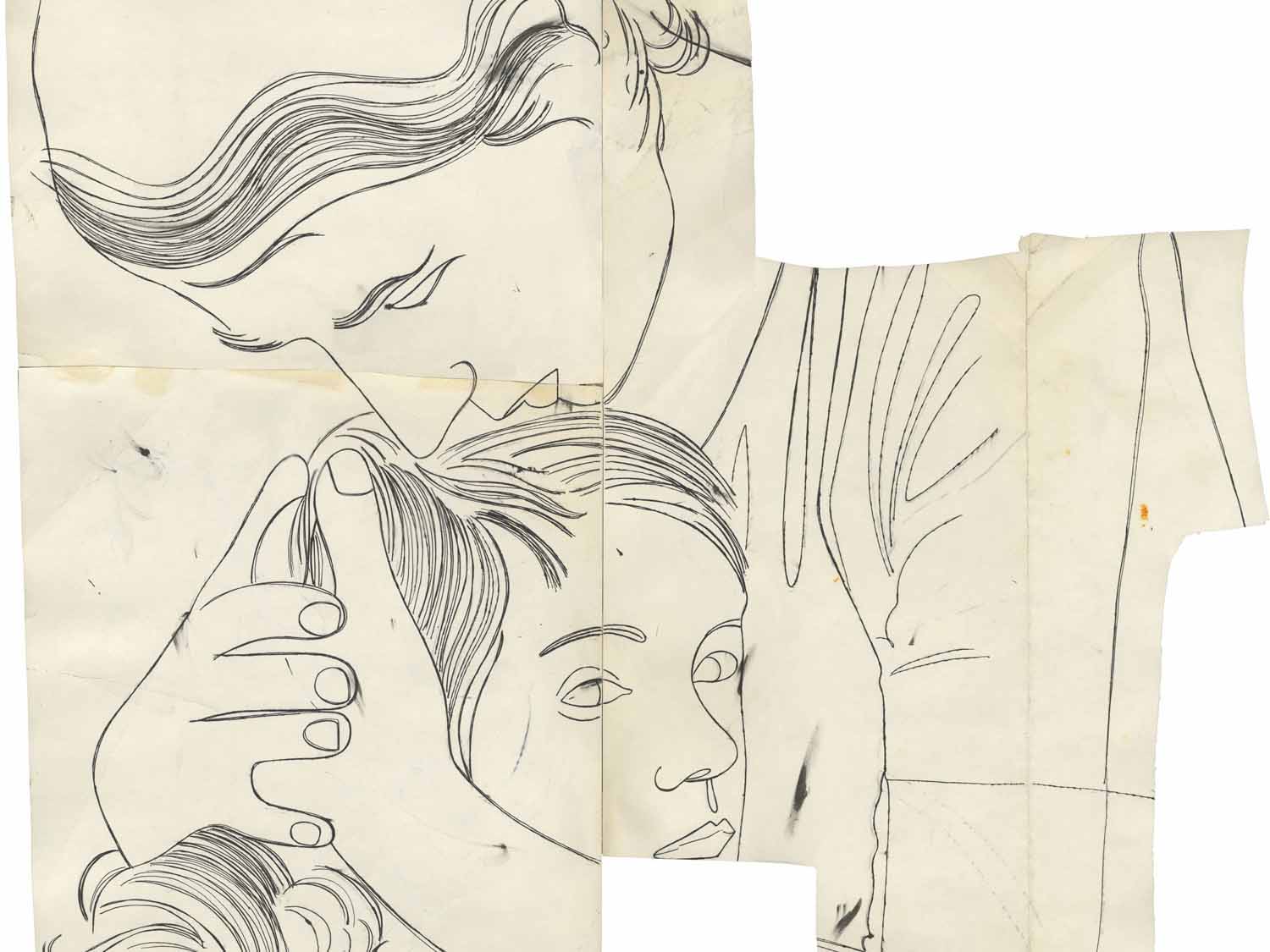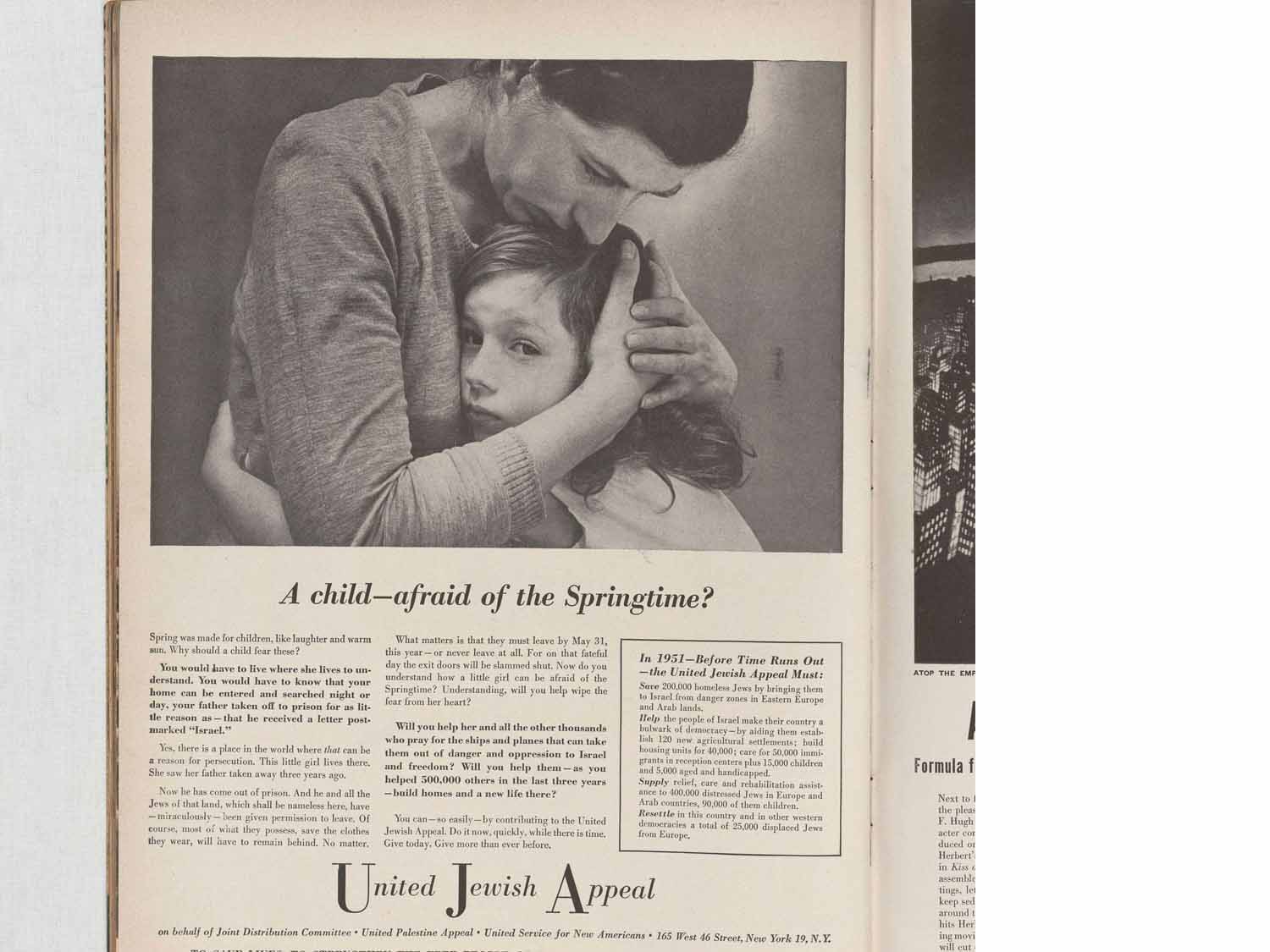Lines that blur reality
ETH Zurich's Collection of Prints and Drawings is currently exhibiting drawings from the 1950s that were discovered in Andy Warhol’s estate. These early works reveal unexpected sides of the famous artist, providing a glimpse into his unique approach, the so-called “blotted line” technique.
The discovery, reported in 2011, was sensational: a Munich-based art dealer discovered 400 previously unknown drawings among the remaining works in Andy Warhol's estate. The drawer was labelled "archive material". Hidden inside were works from the 1950s, a period in which Warhol spent his first years in New York, earning his livelihood doing illustrations for advertising contracts. He had completed his studies in Pittsburgh just shortly before.
Subjects from magazines
What made the discovery so extraordinary was the fact that the drawings revealed previously unknown aspects of Warhol's work, and for the first time documented the individual working stages of his creative process. It quickly became clear that the works were all based on templates. Using a copying technique that he had developed – the so-called blotted line – the artist first copied the image and then put it to paper.
Warhol found his motifs in cultural magazines, which became popular in the 1950s and reflected the seductive side of modern life in pictures. The exhibition organised by ETH Zurich's Collection of Prints and Drawings displays 80 of the artist's drawings in relation to magazines and individual original photographs for the first time. This was made possible through extensive research, which also allowed a large number of the templates to be traced. It shows that Warhol found most of his subjects in Life, the legendary New York-based magazine, which was known at the time for its large photographic reportages.
A dreamer's playful approach
The Collection of Prints and Drawings exhibition begins with original editions of Life magazine. Along the corridor leading to the exhibition room, single pages of the magazine are displayed in glass cases, giving visitors the impression that they are leafing through the magazine.
"We consciously decided not to hang the magazines, which were primary sources for Warhol, directly beside his drawings," says curator Alexander Barcal. The exhibition should not be too didactically set up. The rather playful approach aims to do justice to the artist: "Andy Warhol was a dreamer; someone who yearned for love and security and who sought to seduce people with his art."
The master of reduction
When you view the works in the exhibition space, it soon becomes clear what the curator means. Warhol reduces and enhances individual elements in his drawings. He thus skilfully manipulates the original image's meaning. The drawings show a young women, who is pensively – perhaps even wistfully – looking upwards. She could be sitting in a café, waiting for someone. The original photographs, however, are from World War II. They show the young woman together with other women and children in a trench. They are hops pickers, who are hiding in this trench because they are scared of German combat aircraft.
Warhol was also inspired by well-known photographs. He thus drew photographer Edward Steichen's famous Greta Garbo portrait, reducing the sketch so much that Garbo appears like a mask with dead eyes. This drawing, which is also featured on posters for the exhibition, is typical of Warhol's work and can be clearly viewed as a critique of the newly emerging mass media of the era. "This reduction is well suited to today's Zeitgeist," explains Barcal. "In our fast-moving age, characterised by social media and fleeting attentiveness, pop stars seem to be empty shells or even masks that can be interchanged at will," she says.
In the course of his career as a graphic designer, illustrator, artist and music producer, Andy Warhol himself became a pop star. The American, who was born in 1928 and died in 1987, is considered one of the best-known artists of the second half of the 20th century.
Vernissage and Exhibition
Andy Warhol – the Life years 1949–1959
4 November to 23 December 2015, and 4 to 17 January 2016
Vernissage: 3 November 2015, from 6 pm
Art on Monday afternoons: the Collection of Prints and Drawings offers guided art tours on Mondays from 12:30 to 1 pm.
ETH's Collection of Prints and Drawings has published a catalogue (German/English) to mark the exhibition: Andy Warhol – the Life years 1949-1959 with texts by Alexandra Barcal, Olaf Kunde and Paul Tanner, Munich: Hirmer Verlag, 2015; ISBN 978-3-7774-2438-5.
All rights reserved. All reproductions and any other uses without permission – except for the individual and private retrieving the works – is prohibited.



